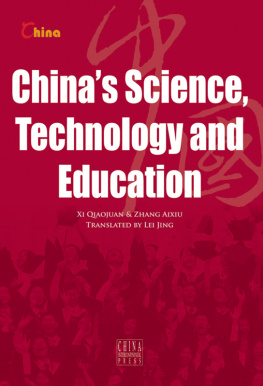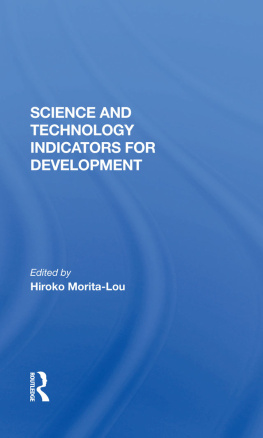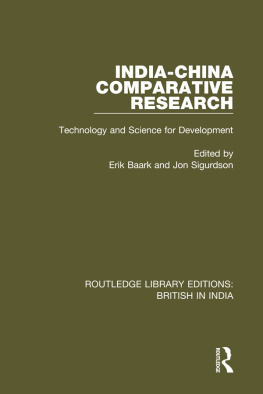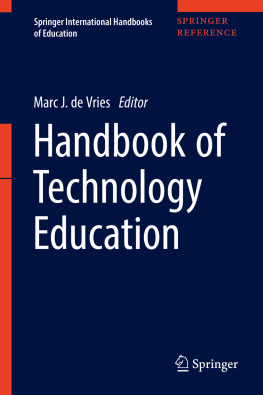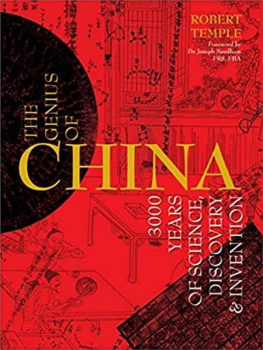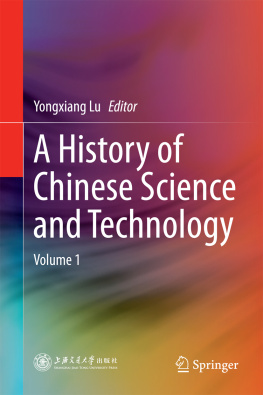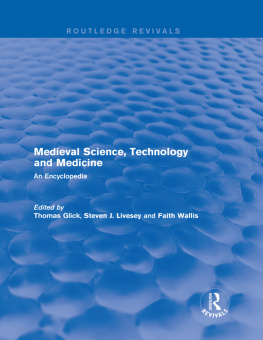Contents

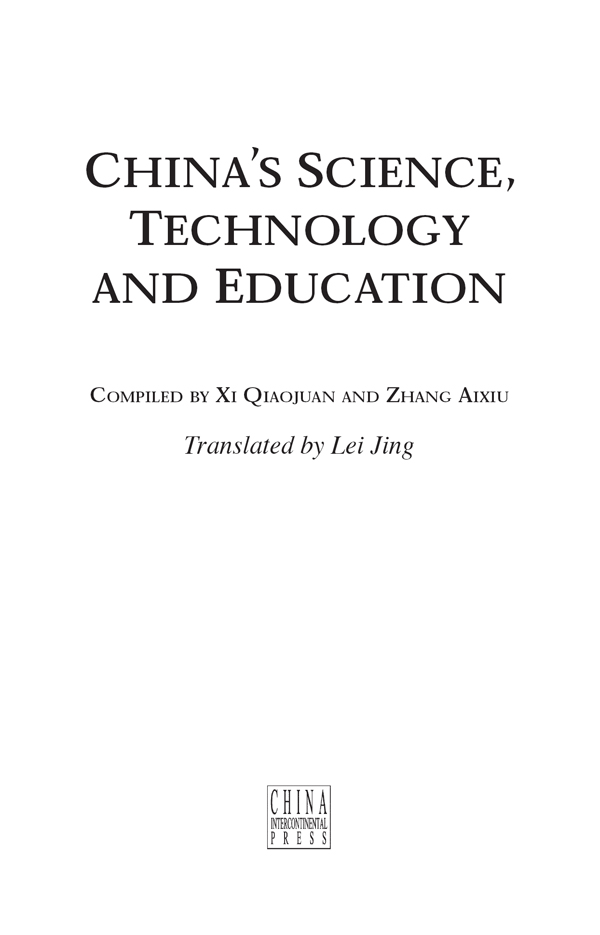
Foreword
Through its reform and opening to the outside world, China has worked an economic miracle and boosted its comprehensive strength, enhancing its standing in the international community. As more and more people around the world are eager to know and understand China, we have compiled the China Series, aiming to provide a shortcut for readers to get the basic facts about this country.
The 12 titles in this series cover China's geography, history, politics, economy, culture, law, diplomacy, national defense, and society, as well as its science, technology and education; its environment; and its ethnic groups and religions. These writings will help readers acquire a basic knowledge of China.
It is our hope that this series will enable readers to get a general idea about China:
Chinese history, culture and civilization, which is the oldest continuous major civilization in the world;
China's basic conditionsthe world's largest developing country with a huge population, a country that is developing unevenly on a poor economic base; in light of these conditions, China is following its own path to sustainable development while learning from other civilizations; and
China's futureled by the Chinese Communist Party, the Chinese people are focusing their efforts on economic development and carrying on reform and opening-up; they are building a harmonious society in their own country and working for a harmonious world with lasting peace and common prosperity.
We expect that through these books our readers will begin a new journey of discoveryunderstanding China.
January 2010
Preface:
Revitalizing the Country through
Science, Technology and Education
China had witnessed two significant events in 2008 that drew global attention. One was the 29th Olympic Games, success-fully held in Beijing. IOC president Roger described it as an "unmatchable" event. From the opening ceremony to the closing ceremony, from the Olympics to the Paralympics, these" high-tech Olympics" fully displayed the country's charm. Did you know that much of the high-tech equipment used in the Olympics was invented in Chinese universities? Examples include the panoramic intelligent simulation scheduling system, the cauldron ignition system, the dynamic fireworks during the opening ceremony and the completely electric bus.
The other event was on September 27, when astronauts in the Shenzhou-7 manned spaceship made a space walk, making China the third country after Russia and the United States to master extravehicular space technology. This large, complex and highly integrated manned space flight embodied the wisdom and painstaking work of thousands of people and hundreds of thousands of scientific and technological efforts. As a result, President Hu Jintao, during the meeting to celebrate the complete success of the Shenzhou-7 manned space mission, emphasized that education should be given strategic priority and developed vigorously to lay a solid foundation for the development of innovative talents.

Fireworks during the Opening Ceremony of Beijing Olympic Games
In science and technology develop rapidly, the popularization of science and technology can set the level of productivity and culture and the ability of a nation to innovate. In the history of mankind, major scientific discoveries and technological inventions have had great influence on society.
When the final analysis, today's international competition is focused on scientific and technology talent. Before 1949, the level of scientific and technological development was rather low. There were only about 30 specialized research institutions and less than 50,000 scientific and technological personnel. Primary school enrolment was only 20% while illiteracy was as high as 80%. During the early years after the establishment of the People's Republic of China, the nation's science and technology had to be rebuilt from the "ruins."
The Chinese government put forward a slogan: Marching towards science. It also adopted a series of strategic initiatives to accelerate the development of science, technology and education. These strategies resulted in breakthroughs in science and technology that led to a historic leap in education that quickly changed the backward state of the country's science, technology and education.
On May 24, 1977, Deng Xiaoping noted that "compared with developed countries, the science and technology and education of our country has lagged far behind for 20 years... We must lay equal emphasis on science and technology and education. We must strengthen these two aspects from primary schools, to middle schools, to universities... We should 'walk on our two legs,' paying attention to both popularization and improvement."
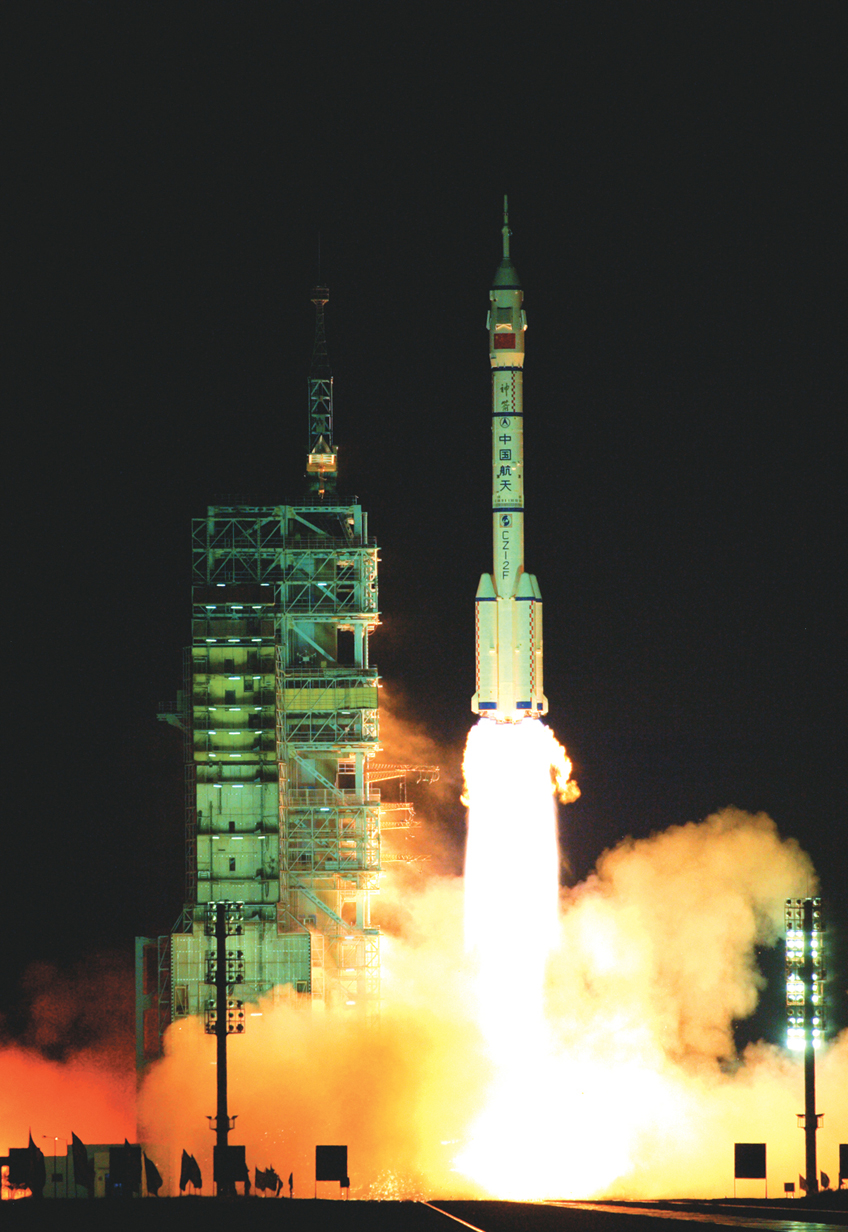
Launch of Shenzhou-7 Manned Spaceship
Since the reform and opening-up, China has established and implemented a strategy of revitalizing the country through science, technology and education. Development has been rapid. Consequently, the country has become a world leader in a number of areas while witnessing vigorous development in education. It has built the largest national education system in the world, laying a reliable foundation and creating the impetus to propel economic and social development forward while enhancing the national power and international competitiveness.
Modern developments in these fields depend on the thorough implementation of the strategy to develop and revitalize China through science and technology and educationa long-term strategy. This means giving science and technology and education strategic importance in the economic and social development of the country. It requires advanced science and technology and a well-developed educational system, continuous knowledge innovation and high quality workers that can drive and support economic and social development to achieve the objective of realizing socialist modernization and moving towards a knowledge economy. All these have laid a solid foundation for China's peaceful rise and the nation's great revival in the 21st century.
Education and R&D System
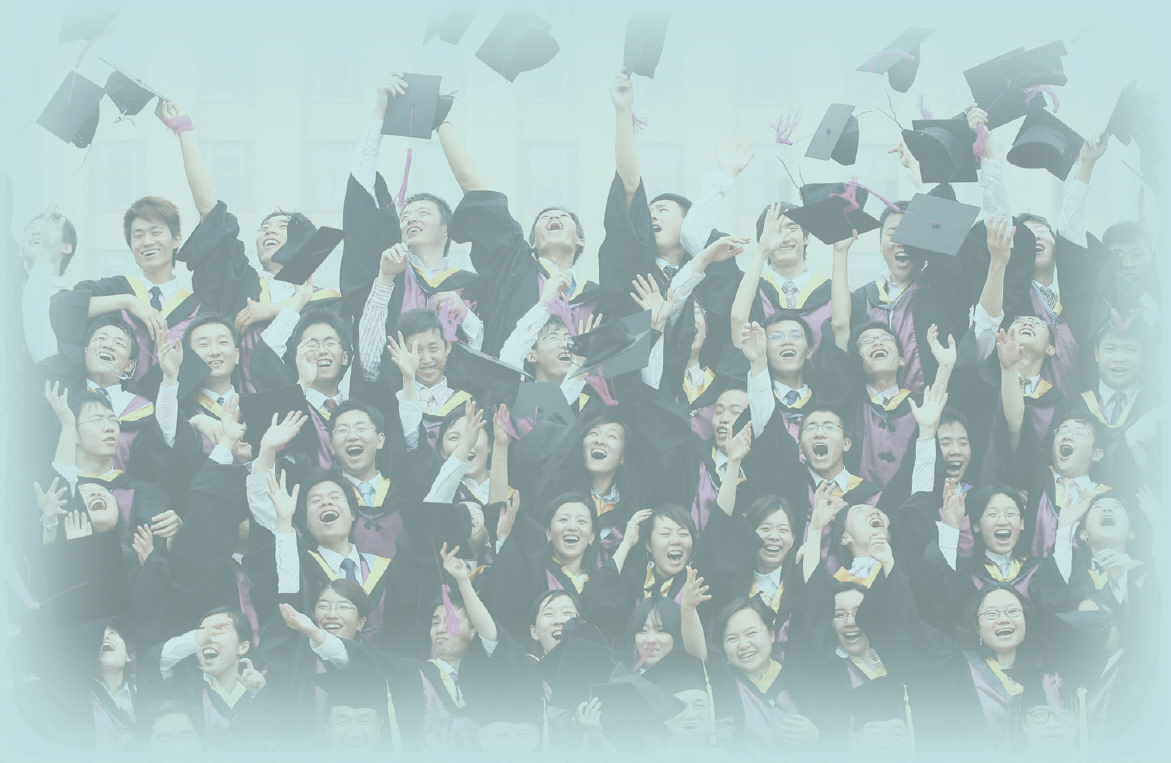
China's R&D System
Since the 1980s, as China began to focus on developing its economy and shifted from a planned economy to a market economy, its scientific and technological policies were correspondingly adjusted. The country's R&D system experienced institutional reform. The government-led central planning system underwent changes and a new science and technology system gradually took shape.
The new system is based on the idea that "economic construction should rely on science and technology, and scientific and technological work must be oriented to economic construction." Features of the system include a clear division of labor and a benign relationship among governmental scientific and technological institutes, industry research departments and institutions of higher learning. At the same time, the system helped private technology enterprises develop rapidly.

